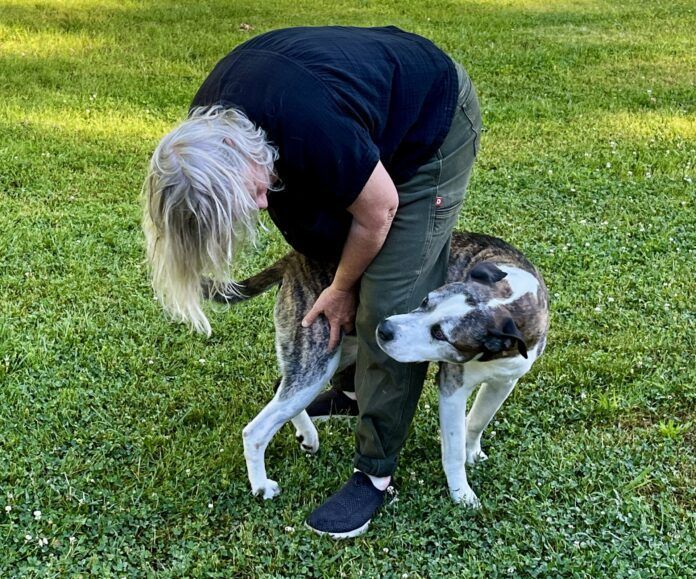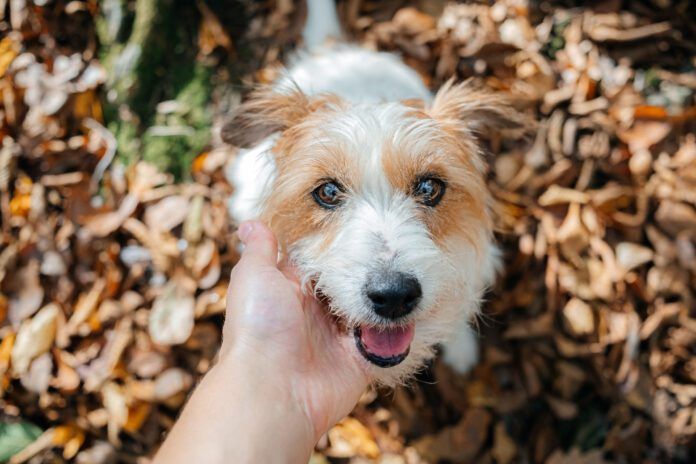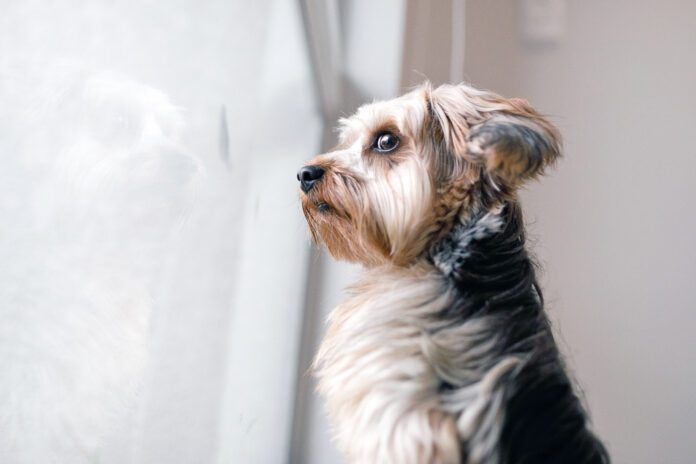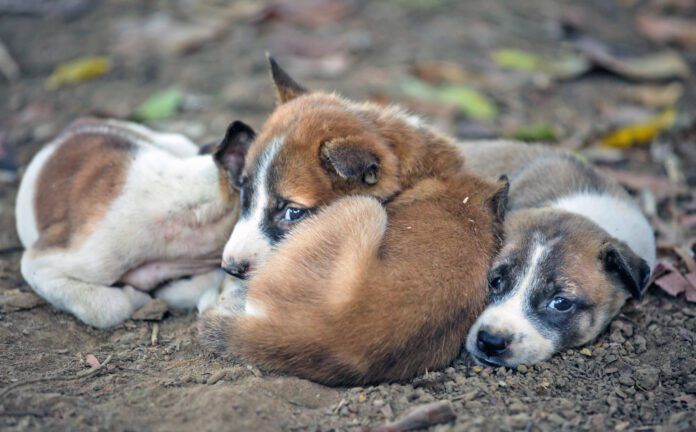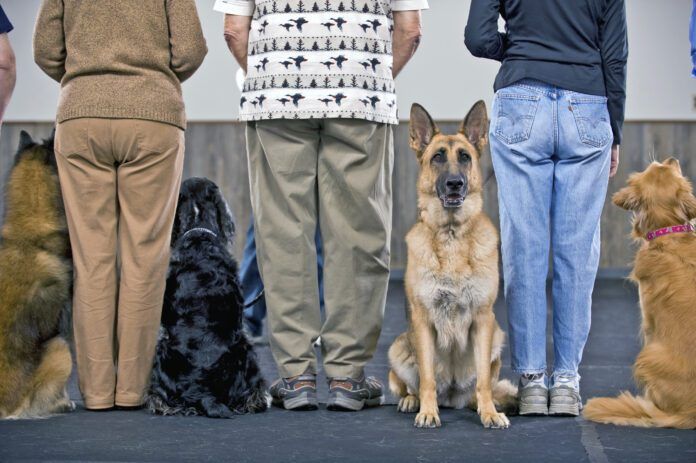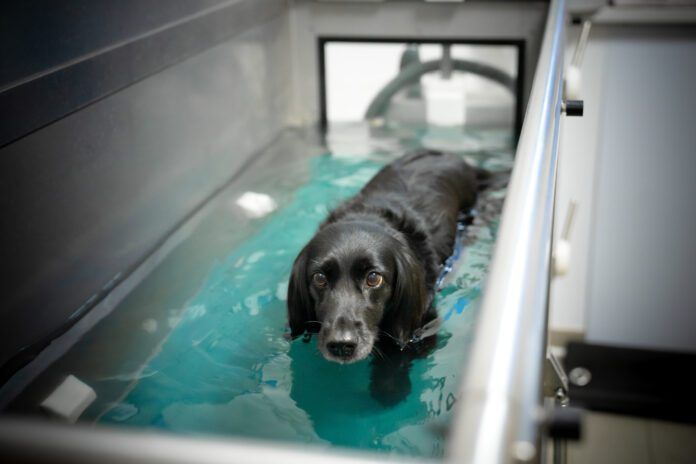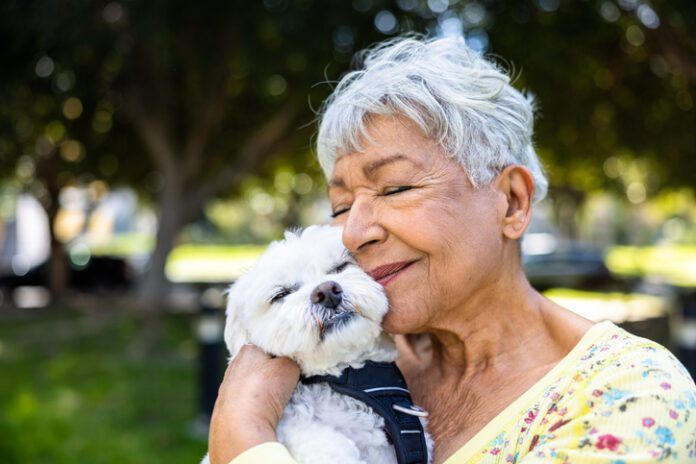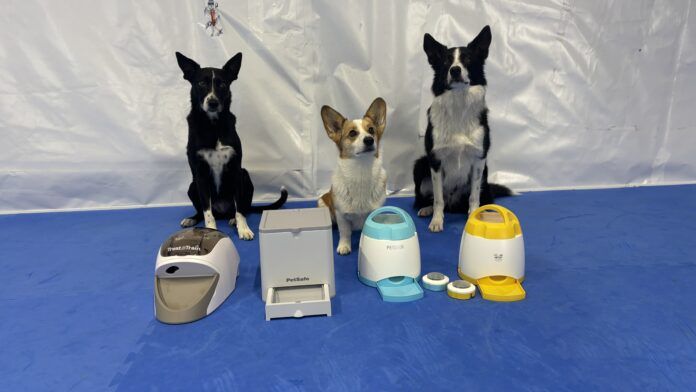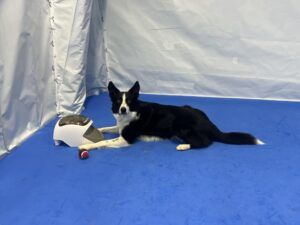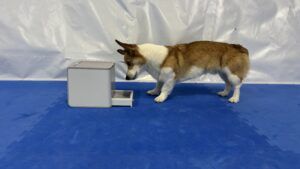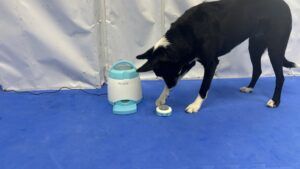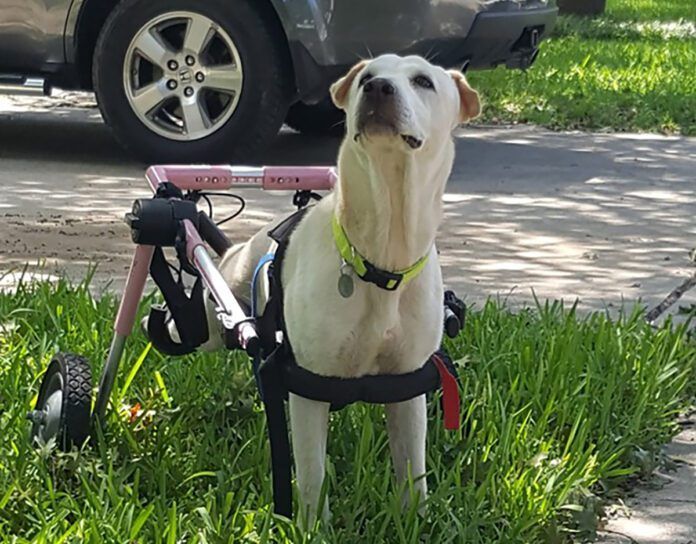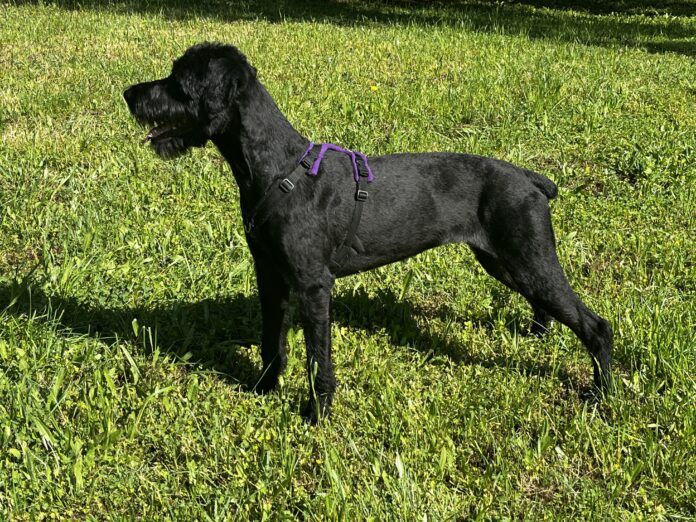It was one of those moments you never forget; the scene becomes burned into your memory as you try to process the shock wave that hits you.
“I hate to tell you this, but Harley has megaesophagus,” the veterinarian said as we stood in the animal hospital exam room, looking at my dog’s chest X-rays.
“Mega, what?” I asked as my heart started racing.
“Harley’s esophagus isn’t pushing what he eats and drinks to his stomach like it should,” the vet continued. “You thought he was vomiting, but he’s really regurgitating undigested food and water that is getting stuck in his esophagus.”
My head spun as I tried to wrap my brain around each word he said, but I had no time to be blindsided by the diagnosis because I had to quickly re-learn how to care for my beloved 13-year-old Labrador.
Now, I needed gravity to do the work that Harley’s esophagus could no longer do. That meant feeding him small, gruel-like meals four times a day and keeping him in an upright begging position for 20 minutes so it could reach his stomach.
If I didn’t, Harley could die from malnutrition or aspiration pneumonia if fluid or food got into his lungs. I was shocked by the news, stunned by the lifestyle change this would cause, and horrified Harley was dealt this terrible hand.
That day, I joined a group of countless pet owners who also found themselves unexpectedly balancing their devastation and heartbreak to rise to the occasion and care for their special needs or disabled dog.
Dealing with a Dog Disability Diagnosis
Whether your pet lost a leg, her eyesight, or her hearing, has a chronic condition, or needs a prosthetic limb or a wheelchair, love, patience, and commitment are the keys to managing a disabled dog.
The first step is to determine the dog’s limitations and how to handle them.
“It’s OK to feel overwhelmed,” says veterinarian Jaclyn Morency Coble, founder of Sea Legs Integrative Veterinary Health in Massachusetts, which specializes in providing care for pets with decreased mobility, illnesses, or injuries.
“I tell people to take a deep breath and listen to their veterinarian explain the detailed options and resources available to support their disabled dog,” Dr. Coble says.
In Harley’s case, a veterinary specialist I met with provided some excellent resources. I left the appointment with a makeshift “Bailey chair.” The box-like devices are designed to keep a dog with megaesophagus upright after eating so what they ingest reaches their stomach. (A family with a dog named Bailey created the original chair.)
Accommodating the Accommodations: Balancing Long-Term Care for a Dog with Disabilities
Once you understand what long-term care your dog needs, the real key is for you and your dog to adapt to the change and be realistic about it.
“If your dog has a herniated disc that’s compressing their spinal cord, what are the options?” Dr. Coble says. “They may have decreased mobility or no sensation, which can also affect their ability to control their bladder and defecation. So, there are toileting concerns, and you really have to think how you would fit managing that into your regular day.”
It can take a village to care for a special needs pet.
When Catherine Prystup from Texas offered to foster Kanuk, a dog who could not use his back legs, she relied on the “Team Kanuk” approach.
“Our whole family was involved, my children and husband, so we all jumped in and would try to help him however we could,” Prystup says. “If I needed extra people, I had friends come over who played and watched him. Having the support system was key.”
Some pet owners even post on online neighborhood bulletin boards and local Facebook pages asking for help with their disabled animals. You’d be surprised how many loving people out there might be willing to lend a hand.
Finding a Community
Once you’ve rallied your team, find a community of people who have dogs with the same or similar disabilities.
“There’s so many different groups on social media about disabled dogs and people able to bounce ideas off each other,” Dr. Coble says. “You’re not alone. It’s kind of similar to a support group.”
There are Facebook groups for dogs in wheelchairs, blind dogs, deaf dogs, and even dogs with megaesophagus.
People share ideas, tips, coping mechanisms, and success stories about managing their dogs’ disabilities.
“A lot of times owners come in that say, ‘Oh yeah, I’m part of a dog care Facebook group, and this person didn’t need this product anymore, so they sent it over to me,'” Dr. Cobble says. “Or ‘A person said this worked for their dog. Do you think it would work for my dog?'”
Trial and Error
Figuring out what works best for your dog is something that can take a bit of experimentation and patience.
Before Kanuk came to Prystup, he suffered a spinal injury.
Kanuk’s prior adopter loved him and tried to help him but could no longer keep the pup due to the number of steep stairs in her home. She responsibly rehomed him by returning him to the rescue. (Sometimes, rehoming a special needs animal is heartbreaking, but may be the best option, depending on the circumstances.)
A volunteer for the rescue dropped Kanuk off at Prystup’s house with a donated pink wheelchair, but he had never used it.
“He was kind of scared of it,” Prystup says. “At first, it was trial and error. We put him in it multiple times daily, but he didn’t like using it in the house because it would get stuck on things. We went slow; we would go around the block in the wheelchair, then we started going two blocks, and would just kind of up it. We learned what his capabilities were.”
Soon, Kanuk got the hang of it and became a local celebrity.
“I would take him on walks in the neighborhood; he got so much attention strutting around showing off his fancy wheelchair, the neighbors would come out and talk to him,” Prystup says.
Since Kanuk didn’t like using the wheelchair inside the house, he had challenges getting around without it.
“He would rub the skin off his paws, or they would be irritated from rubbing on the grass,” Prystup says. “I bought doggie mittens for him to wear to protect his feet. We learned what his capabilities were. As issues came up, I tried to develop different solutions.”
Adapting and Resilience
The famous quote from naturalist Charles Darwin, “It is not the strongest of the species that survives, nor the most intelligent that survives. It is the one that is the most adaptable to change,” may originally have applied to an animal acclimating to their outdoor environment, but I think it’s also applicable to a pet with special needs.
For disabled animals and their caretakers, success lies in adapting to new challenges. Sometimes, humans have the hardest time, while many dogs seem to have innate resilience.
“Dogs don’t have an emotional component to developing a disability,” Dr. Coble says. “If a dog needs their leg amputated because of bone cancer, it’s not like a person waking up after that surgery thinking about how they will live the rest of their life that way. When a dog wakes up from anesthesia, they’re trying to pull you outside to go to the bathroom and play.”
Sometimes, dogs are even happier after surgery, which alleviates their pain, like a person with debilitating arthritis who gets a hip replacement.
“I’ve seen dogs [who] have had to get both of their eyes removed due to injury or illness, and they’re playing fetch because they hear the sound of the ball bouncing, and they’re still going after it,” Dr. Coble says. “They just simply don’t care as much as we do. They’re happy to get back up and keep being a dog, which is wonderful.”
These days, if a dog can still have a good quality of life, disabilities aren’t death sentences as they may have been years ago. There are many helpful options, such as physical therapy, underwater treadmills, indoor heated pools, prosthetic devices, custom-made wheelchairs for dogs, harnesses to help them up, and medications.
“Therapy and rehabilitation can improve their mobility,” Dr. Coble says. “If people have financial constraints, there’s a lot of different exercises they can do at home.”
Seeing It Through
Of course, being responsible for any dog means knowing when to let them go in peace. When is their quality of life, even with the best interventions, affected to the point that they may be in pain or suffering?
A year after Harley was diagnosed with megaesophagus, his condition deteriorated to the point where nothing was staying in his system, no matter how long I sat with him upright.
I experimented with various foods, consistencies, and textures. The veterinarian showed me how to give Harley subcutaneous fluids so he didn’t have to drink water, hoping it would alleviate some regurgitation.
But he continued to lose weight, and being hungry is one of the worst fates a Labrador can suffer.
After working with Harley’s specialist and trying everything it made sense to try, we made the gut-wrenching decision that it was time to let him go. He had just turned 14 years old.
I will never regret fighting for Harley and all the accommodations we both made. We played the cards we were given the best we could.


